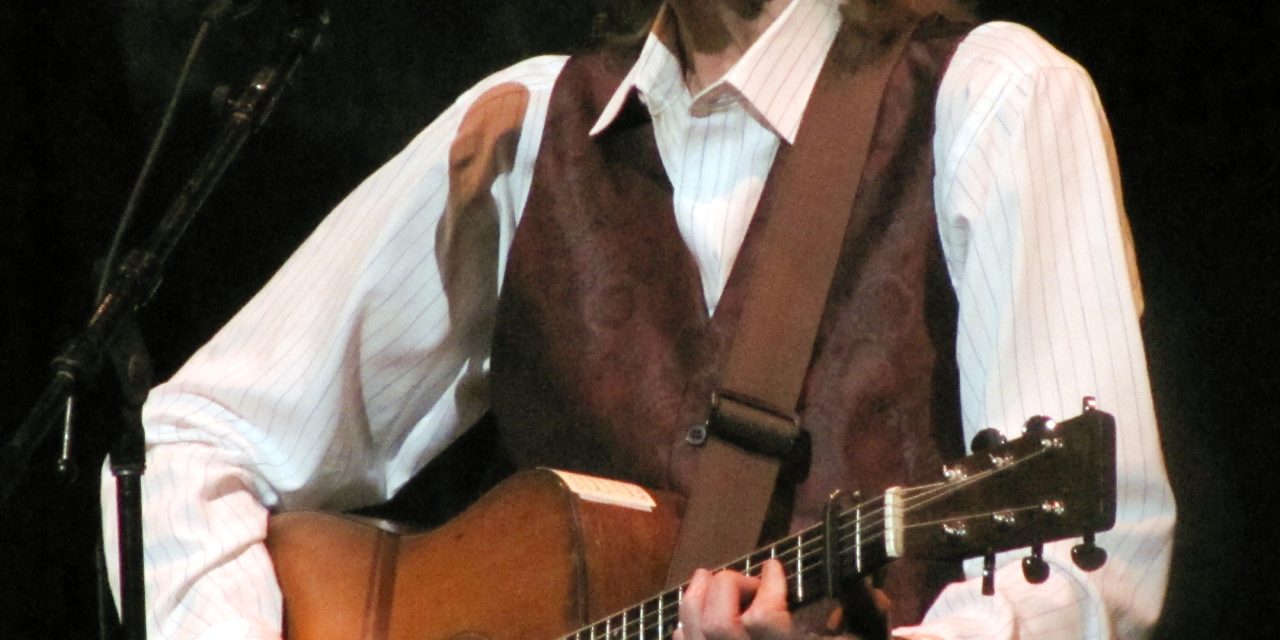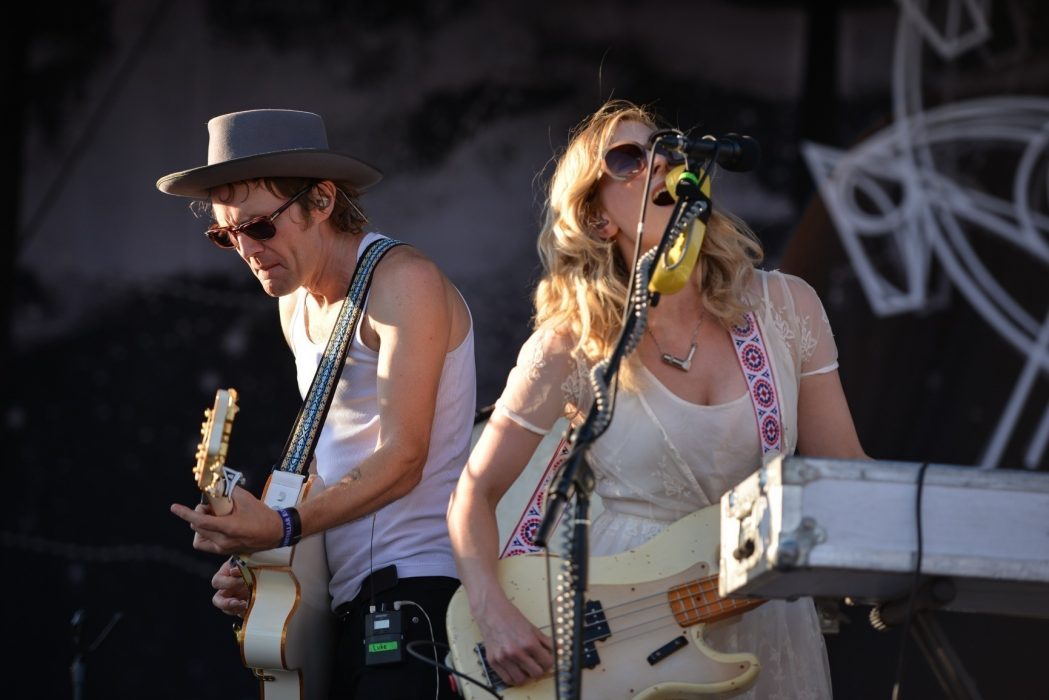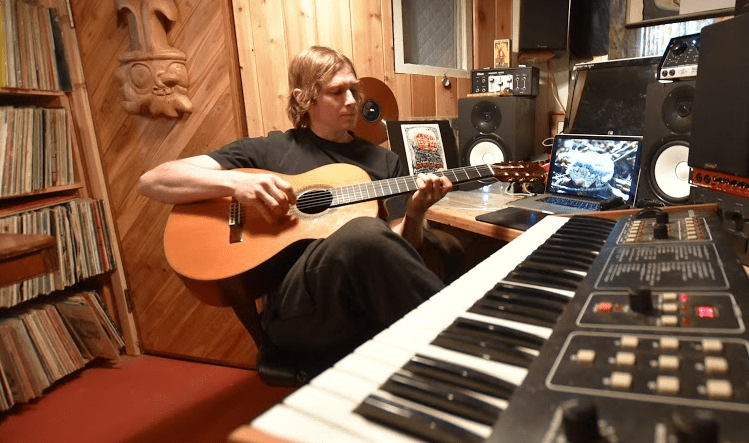As I sit to write this column, the news of the death of Gordon Lightfoot is not even 36 hours old. My personal grief at the news has been mirrored by music lovers across Canada and around the world. Lightfoot was decades past his hit-making prime, yet his influence on singers and songwriters around the world has remained immense. The tributes have been pouring in from all corners of the music world. Nearly every rock, country, folk, and Americana artist seems to have some connection to Lightfoot or has been inspired by his work. What also strikes me is that there are so many pictures of people with Gordon Lightfoot. He was a musical genius and star who was utterly accessible. A man of the people.
Lightfoot exploded in the 1960s during the folk revival and never really left those roots. While his contemporaries—including Neil Young, Joni Mitchell, and Bob Dylan—would embrace rock and roll, jazz, and blues, Lightfoot stayed largely true to his acoustic folk roots. You’d be hard-pressed to even find a picture of him with an electric guitar. Lightfoot’s most famous songs are almost completely acoustic, with judicious and subtle use of drums and electric instruments. His biggest hit, “The Wreck of the Edmund Fitzgerald,” is also one of the most unusual pop songs of all time. A true ballad, with no bridge, the song features both synthesizer and electric guitar, but in no way does it rock. Lightfoot didn’t really rock. That said, when the song came blaring out of my radio in the mid 1970s, it gave me chills, as it did for millions of others. The song is about as close to perfect as a story song can get, and was done in one take—a testament to the connection Lightfoot had with his musicians.
Lightfoot was proudly and staunchly Canadian. He was born in Orillia, Ontario and lived most of his life in Toronto. While Joni and Neil left Canada, Lightfoot stayed put in the country he loved. He famously would take long canoe trips in the remotest parts of Canada, usually for weeks on end. He loved the wilderness, wildlife, and the excitement of fast water. Lightfoot was also a keen sailor and knew of what he spoke when wrote about places like Christian Island.
Although Lightfoot had a difficult and sometimes turbulent life, he took his craft seriously no matter what his life circumstances. In the excellent book Lightfoot, music journalist Nicholas Jennings takes great pains to show just how much work the artist put into his work. Lightfoot would sit for hours at a table in his house, smoking cigarettes and drinking coffee, guitar in hand, waiting for the muse to hit. Sometimes he would mine the pain and passion in his life, as he did with “Sundown.” Other times he would chronicle his long road as an artist, such as on “A Painter Passing Through.”
Gordon Lightfoot was a singer-songwriter without equal, but was also a live performer. He was at his core an old-school minstrel. Lightfoot felt compelled to tour, and did so throughout his long career. He played around the world, and was especially popular in the midwestern United States, but he never ignored Canada. I saw him twice, both times at the Thunder Bay Community Auditorium. The shows I saw were after the nearly life-ending abdominal aneurysm that had him in a coma for six weeks. A tracheotomy damaged his vocal cords and a lifetime of smoking impacted his breathing. Yet it was him standing on the stage, with the excellent band he kept on retainer. The songs came quickly and without fanfare: “If You Could Read My Mind,” “Early Morning Rain,” “Beautiful,” and “Canadian Railroad Trilogy,” to name just a few. Some tears flowed. At the last show I saw, in 2017, he was often labouring to sing.
Yet I’d never seen a crowd pull for a performer like they did for Lightfoot that night.He had always been there for us, and we were there for him.
Gordon Lightfoot will be missed.
Story by Gord Ellis, p. 85














